Destiny 2’s Solar Ignition mechanic was added to the game with Solar 3.0. It’s quickly become one of the game’s most effective methods of AD-clear, but surprisingly few people actually know how it functions.
I’m going to run through the mechanic in detail and explain not only how it works, but how you can incorporate it into your own build and playstyle. If you’ve ever wondered how Destiny 2 Solar Ignition works, wonder no longer.
What is Solar Ignition in Destiny 2?
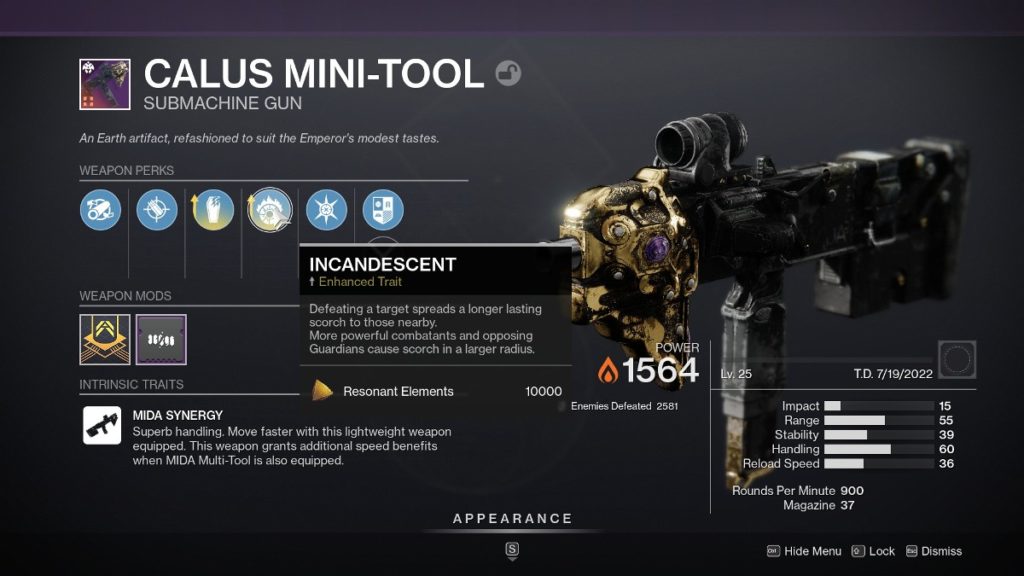
To understand what Solar Ignition is, you need to understand what Scorch is and how it works.
Scorch was a new mechanic added to Destiny 2 with Solar 3.0. It’s a debuff that can be applied to enemies in the form of a stack. When an enemy is affected by Scorch, they take gradual damage over time. When the enemy’s Scorch stack reaches 100, they explode. That explosion is called a Solar Ignition.
Not everything can apply Scorch, though. It’s not a universal trait of Solar weapons. Instead, only a handful of weapons and abilities are capable of applying it.
The exotics that can apply Scorch to targets, and by extension can activate Solar Ignitions are:
- Prometheus Lens
- Skyburner’s Oath
- Jotunn
That’s not much to work with, though. Instead, the Incandescent perk is going to be your main method of applying Scorch to targets. With this perk, enemies that you defeat will apply Scorch to other nearby enemies – eventually resulting in a Solar Ignition.
There are a fair few weapons that can roll with Incandescent, but the one you want to be on the lookout for is the Calus Mini-Tool submachine gun.
That’s Destiny 2 Solar Ignition explained in a nutshell. It’s an explosion that occurs when an enemy has more than 100 stacks of Scorch, and it does a whole lot of damage. So much so that a lot of popular builds are being crafted around the mechanic. Jump into the game and experiment with it for yourself – you’ll be surprised at how effective it is.


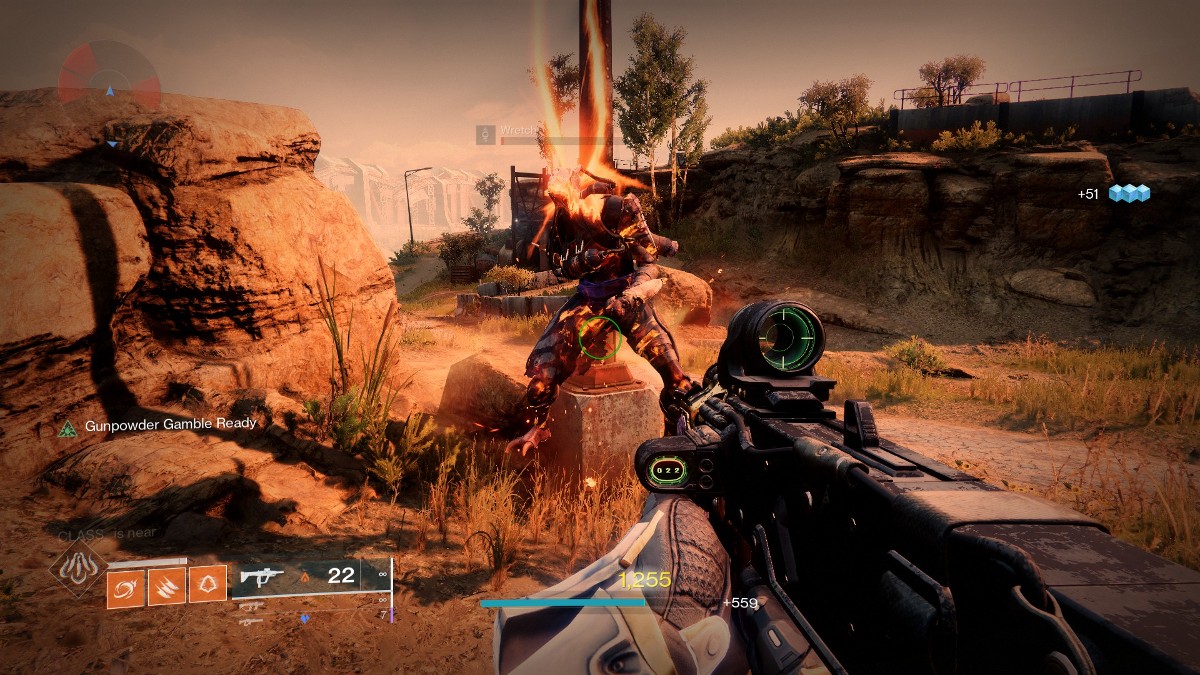
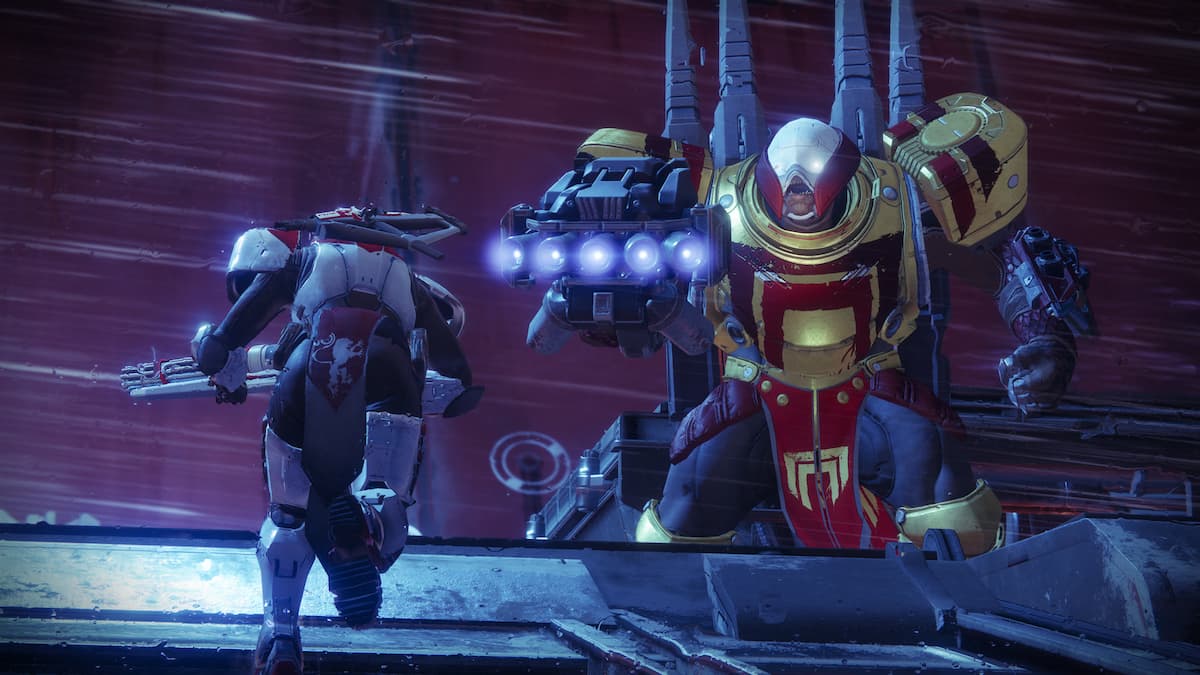
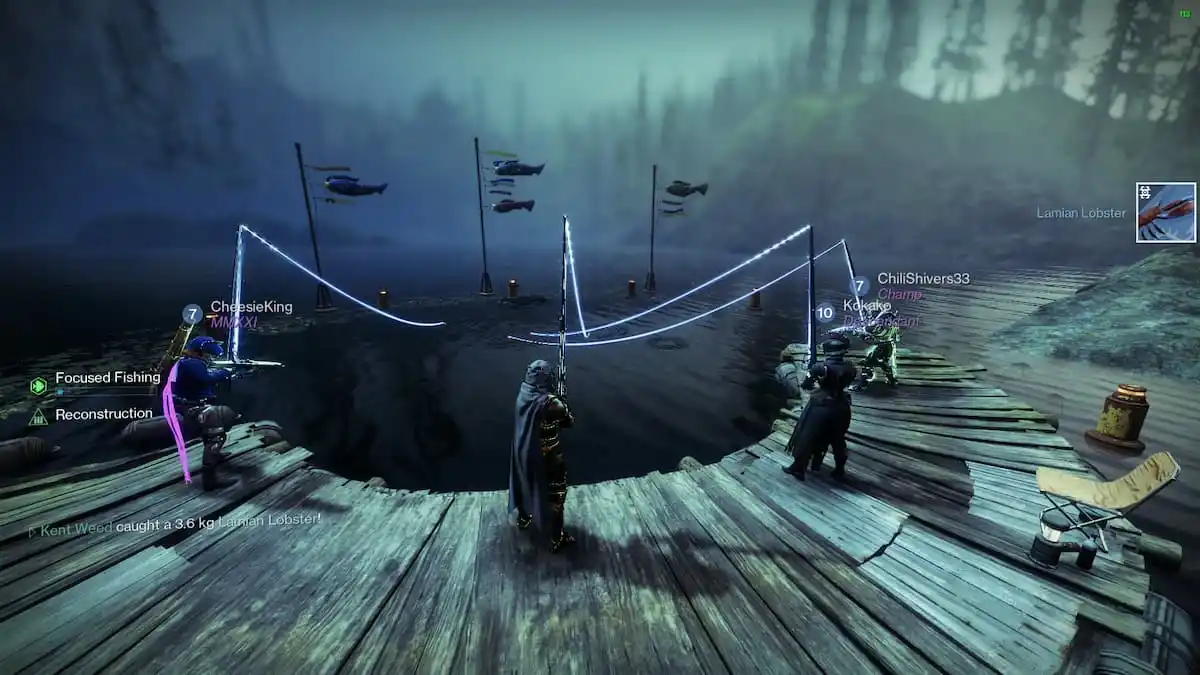
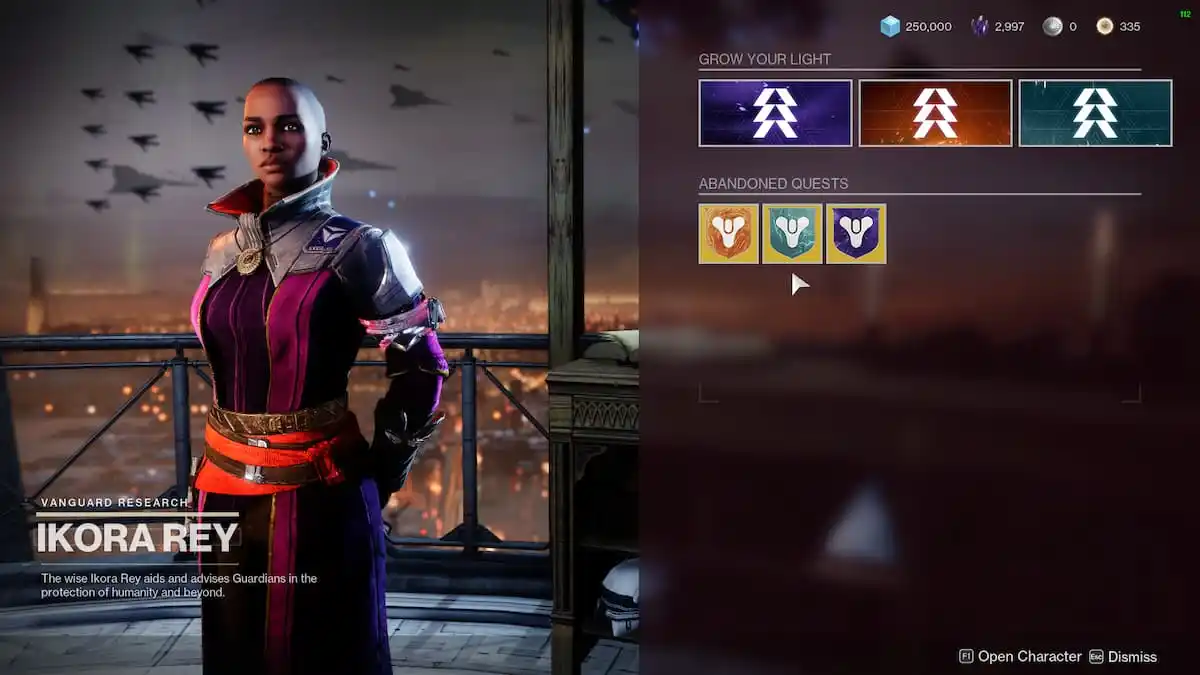

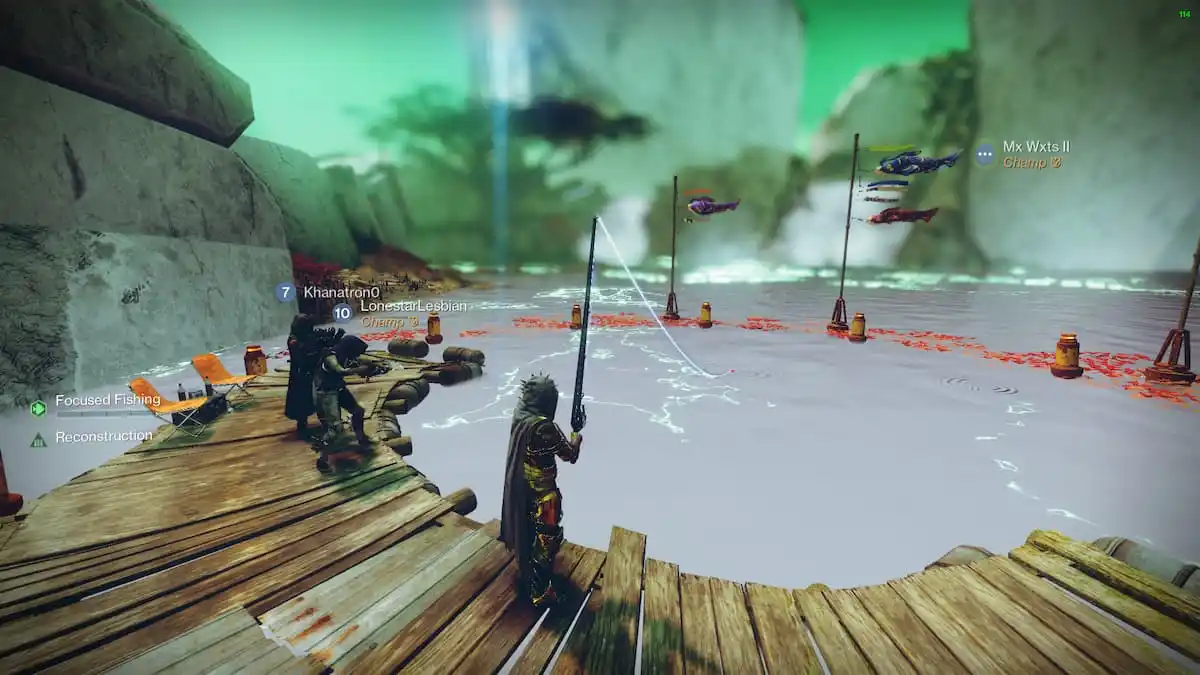
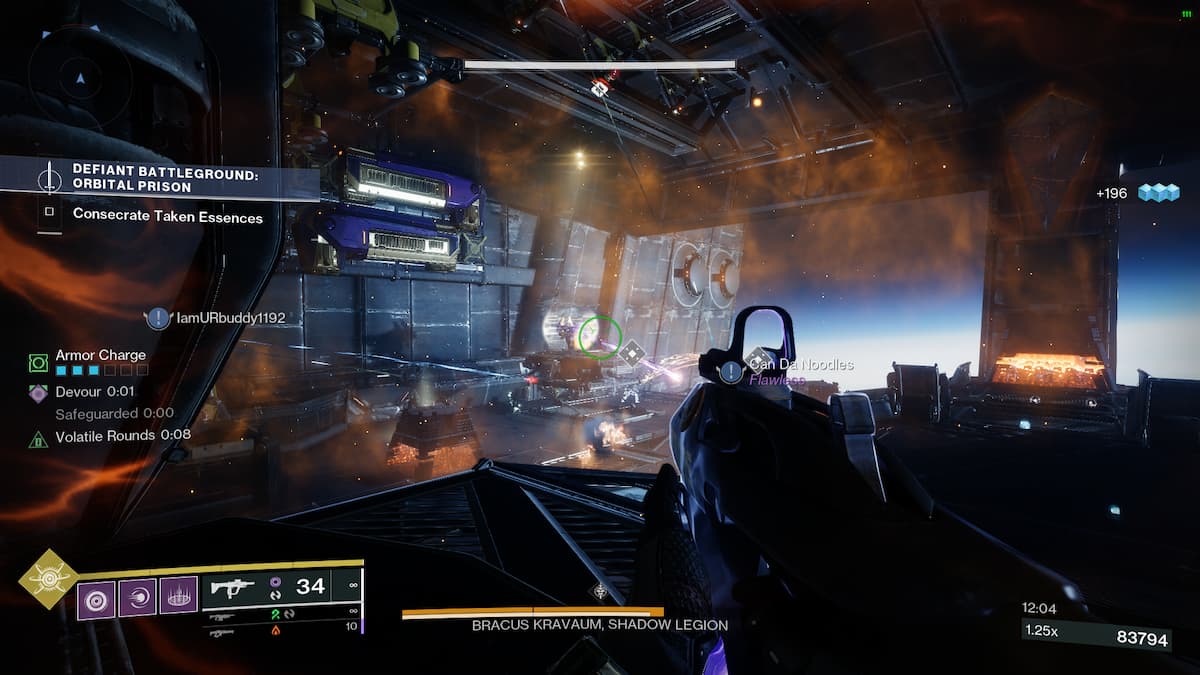
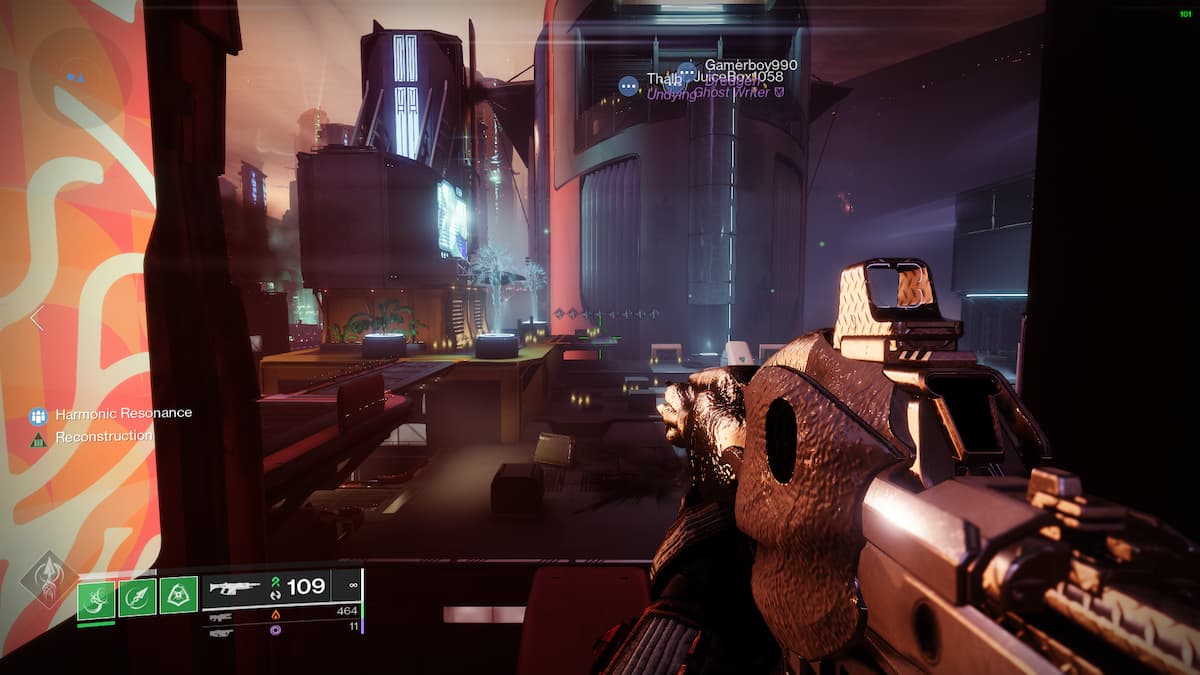
Published: Aug 3, 2022 12:11 pm